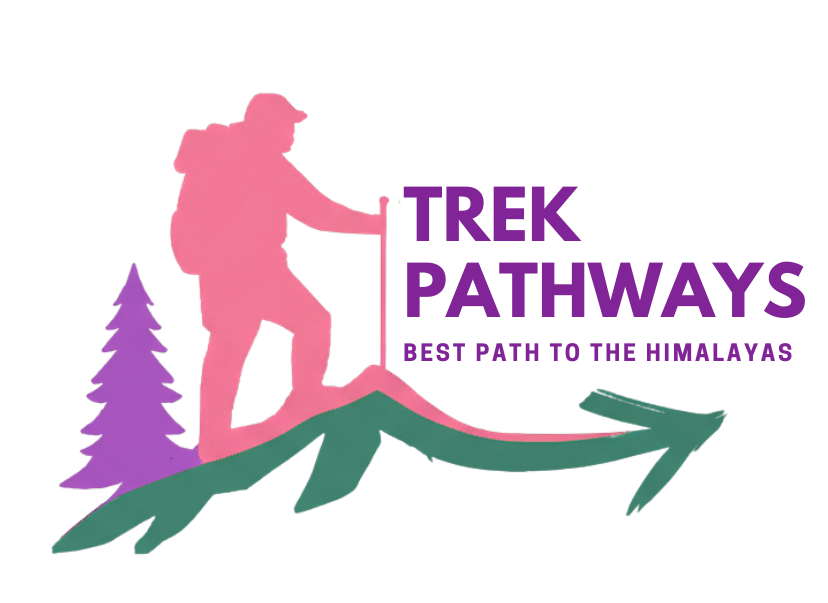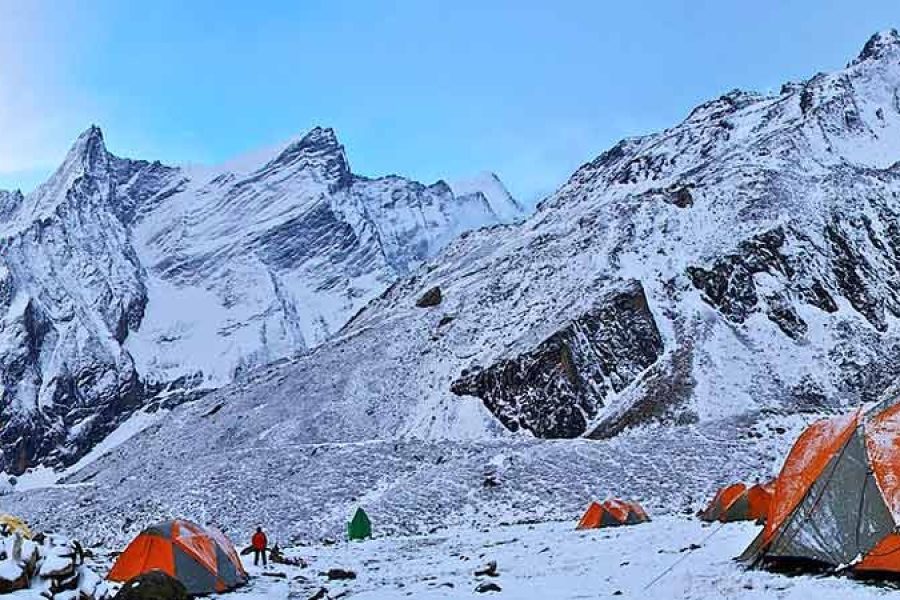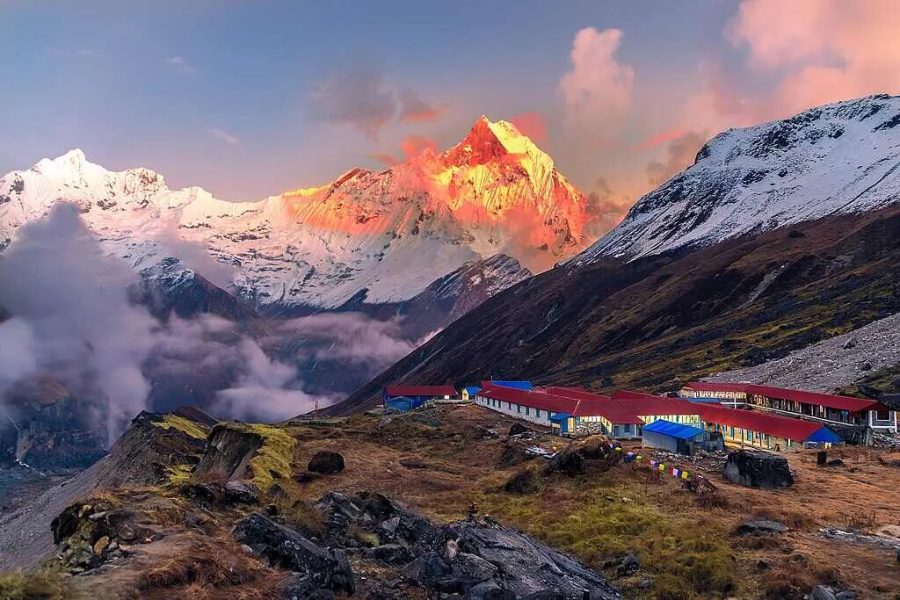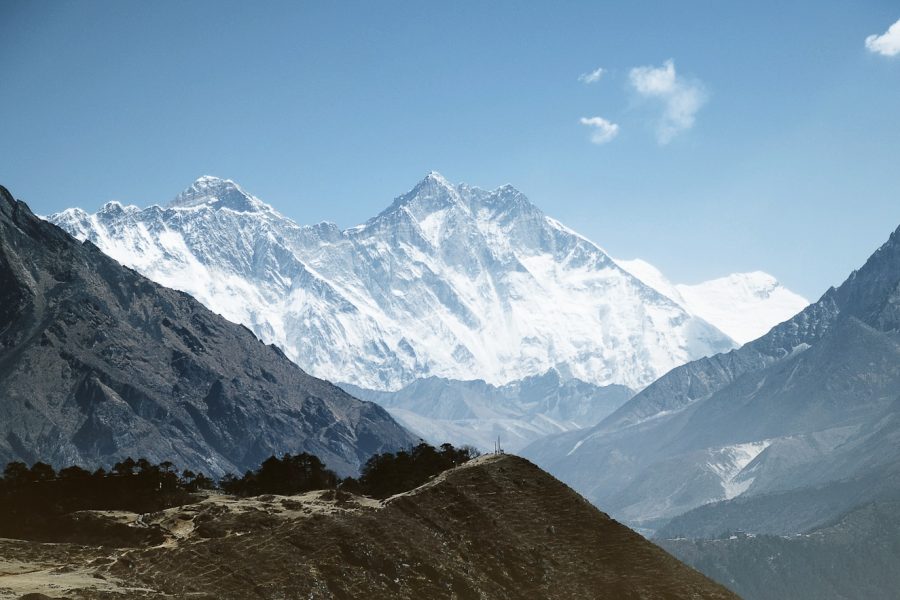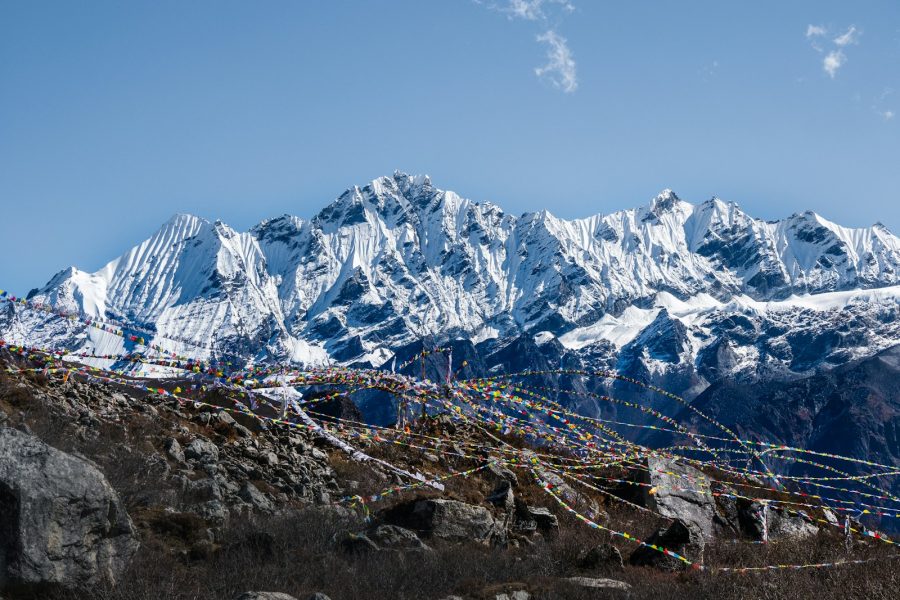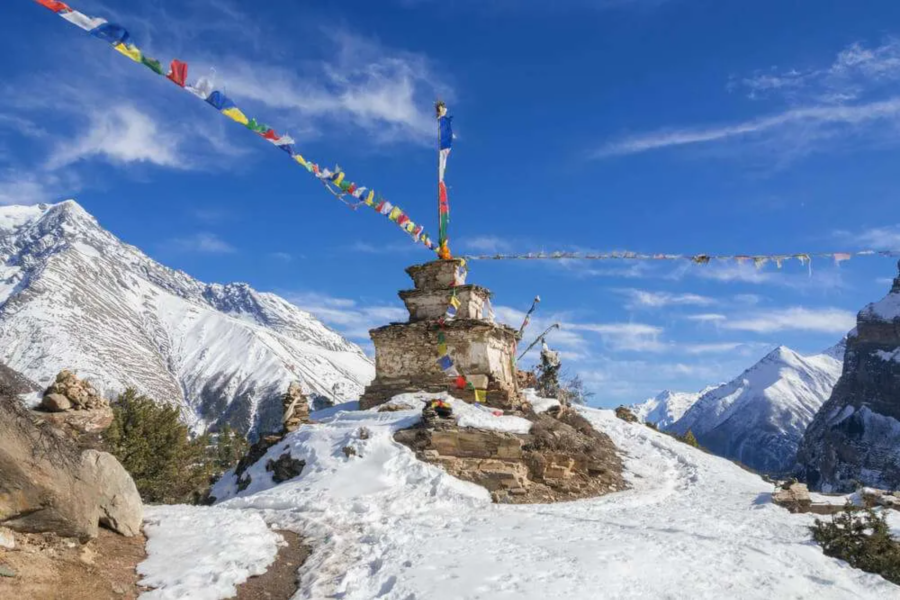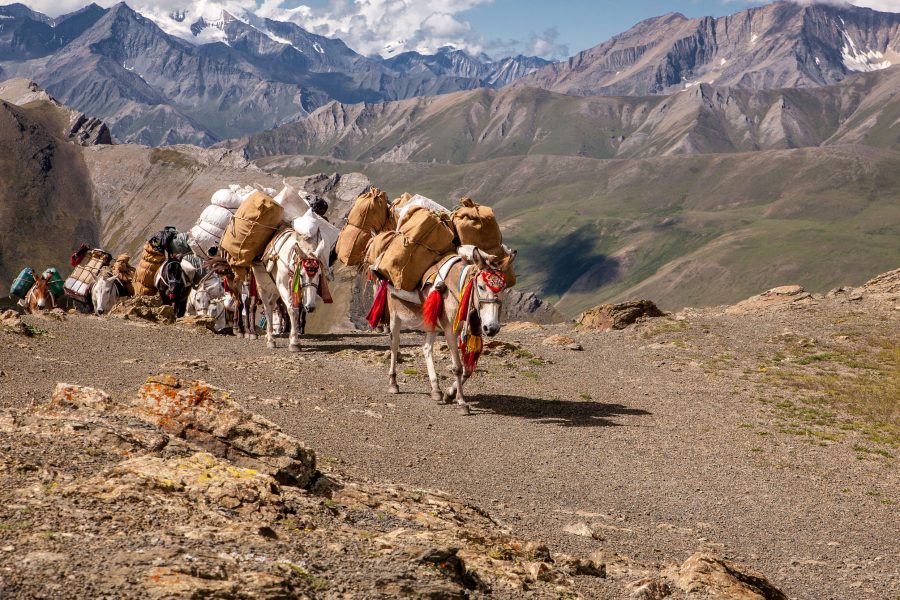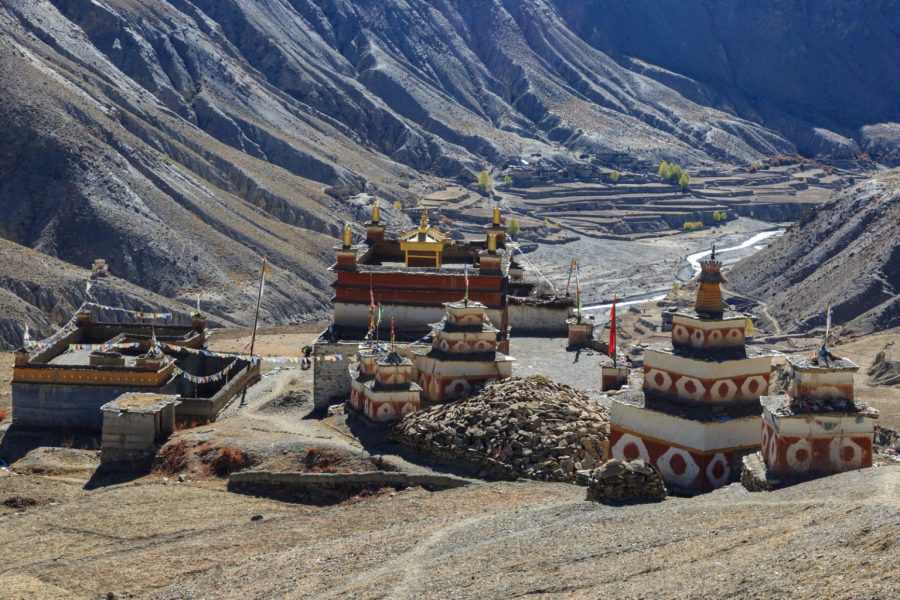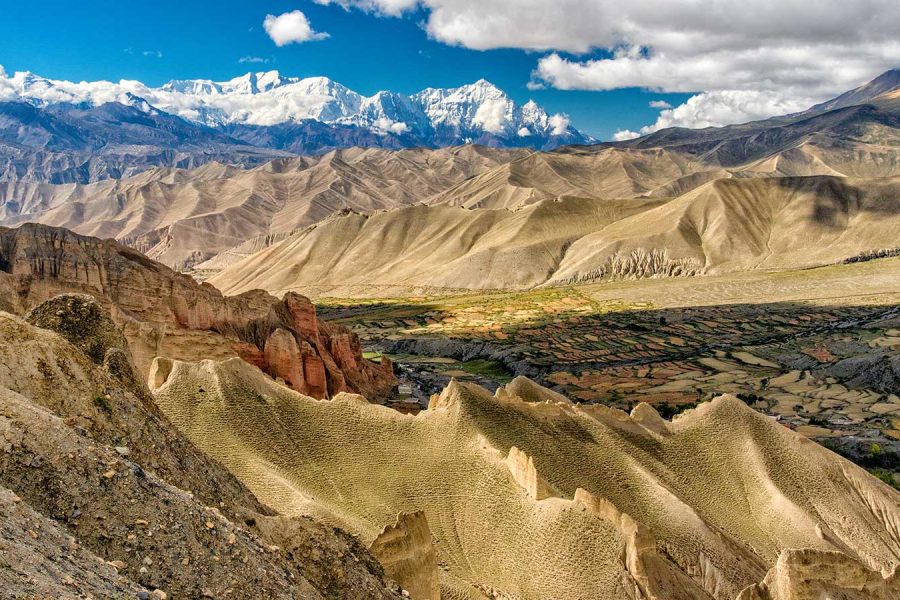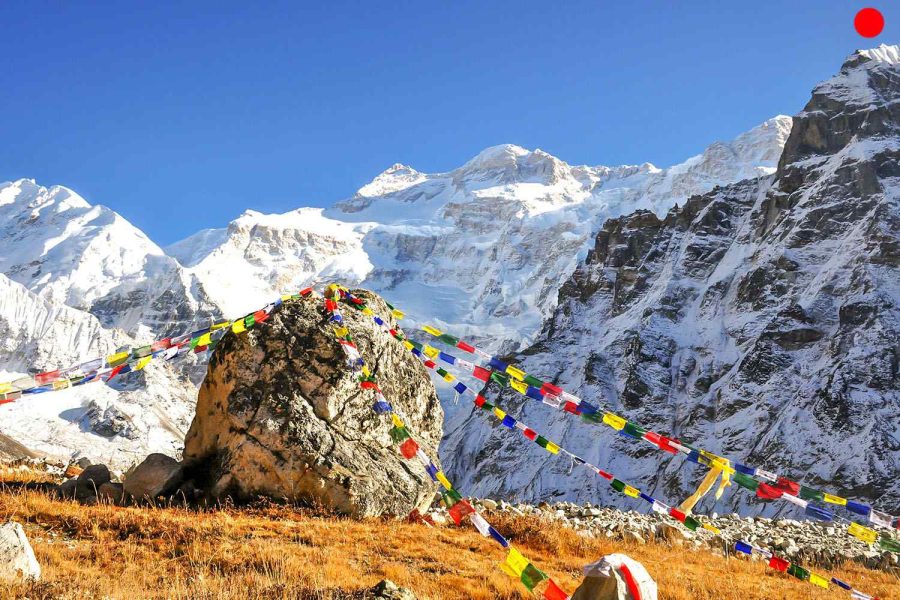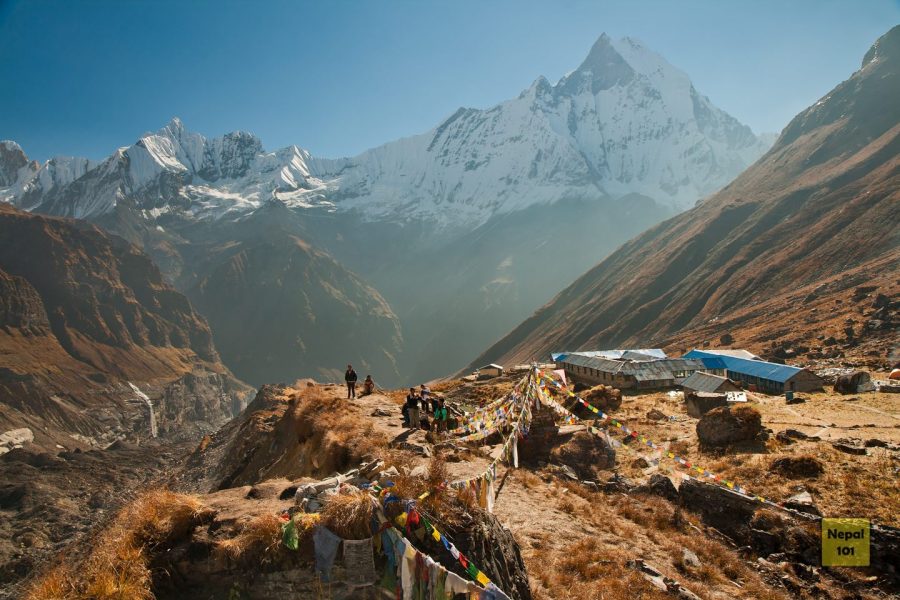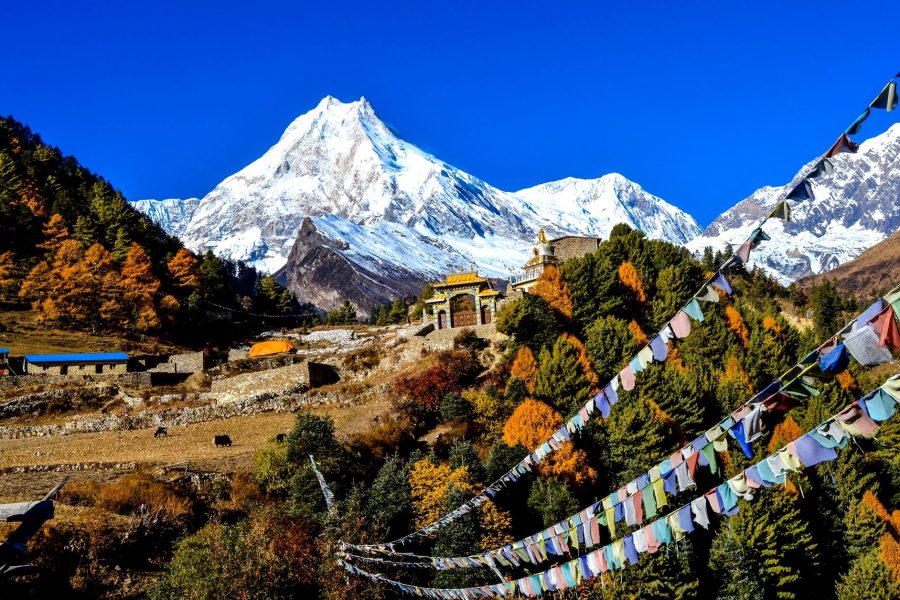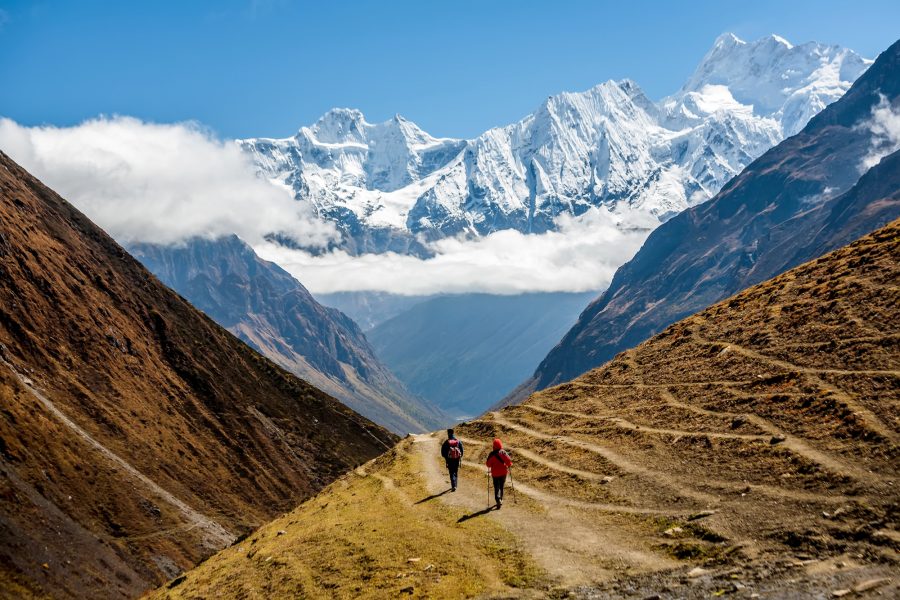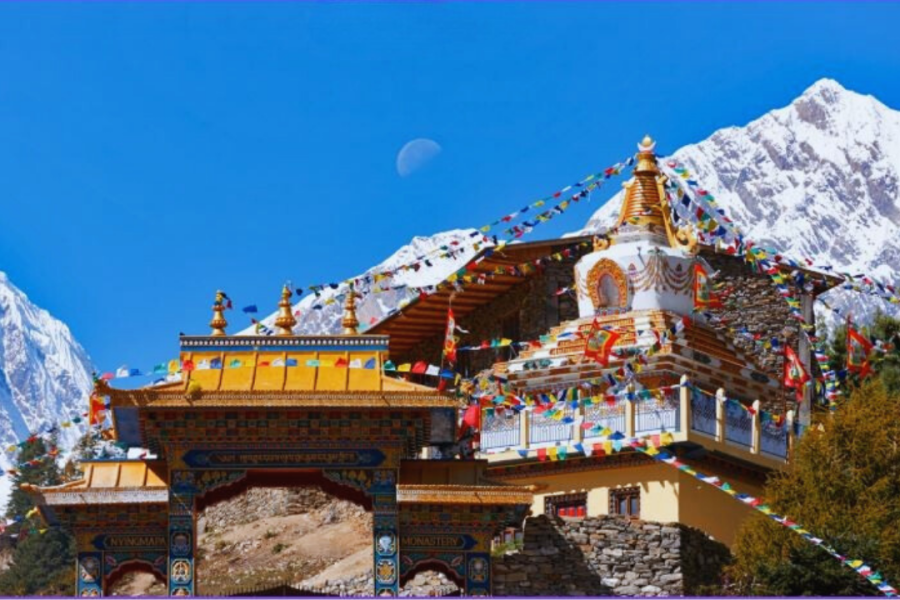Over View
The Federal Democratic Republic of Nepal (Nepal or NP), commonly known as Nepal, is a landlocked country primarily located in South Asia. It consists of 7 provinces, 77 districts, and numerous rural municipalities and urban centers. At approximately 147,516 square kilometers (56,956 square miles), it ranks as the world’s 93rd largest country by land area. Nepal shares land borders exclusively with China (Tibet Autonomous Region) to the north and India to the east, south, and west. With a population of over 30 million people, it is the 49th most populous country in the world. The national capital and largest city is Kathmandu, while the major tourist hub and second-largest city is Pokhara.
Key parallels maintained:
Official & Common Names: Includes full official name and common names/abbreviations.
Location: Specifies primary continent/region (South Asia) and landlocked status.
Administrative Divisions: Lists the main subdivisions (Provinces, Districts) instead of states/territories.
Size & Ranking: Provides area in both sq mi and sq km, along with its global size ranking.
Borders: Clearly states the neighboring countries (China and India) and the nature of the borders (land borders).
Population & Ranking: Gives the approximate population and its global ranking.
Capital & Major City: Names the capital (Kathmandu) and a significant second city (Pokhara), highlighting its primary role (tourist hub).
Concise Structure: Follows a similar flow: Names -> Location/Composition -> Size -> Borders -> Population -> Capital/Major City.
